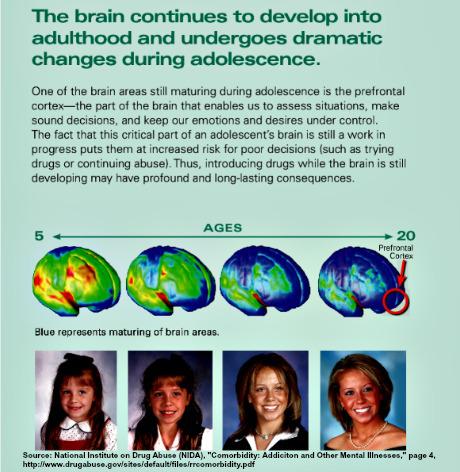Patti Neighmond's July 16, 2014, program for NPR's Stressed Out series, titled: "Want More Stress in Your Life? Try Parenting a Teenager," shared a lot of what it's like for parents when their child enters the teen years. Ms. Neighmond included one mom's description of her three years worrying about her son's driving, parties, alcohol and drugs. Neighmond concluded her piece with clinical psychologist, David Palmiter's advice to parents, "...seek support from other parents, not just about their concerns but also about decisions. He also promotes special 'one on one' time with your teenager. This means 'being there' completely, cellphone unplugged, talking with your teen or observing them do an activity they enjoy like drawing, shooting basketball or playing an instrument. Just one hour a week of this special time can repair major differences, Palmiter says, and bring much-needed calm to households with teens."
While I absolutely agree with Dr. Palmiter's advice, I believe there is another critical piece to the puzzle. Namely garnering an understanding of 21st century research around brain development from birth through age 25.
Why?
Well, for one reason, parents would better understand that the "real" reason for puberty is three-fold. It is, of course, to provide the human species with the physical changes to develop an adult-like body and the hormonal changes to cause that body's brain to want to have sex so the species reproduced, but it's also to launch the instinctual hard-wiring that drives the brain (and thus the teen, given the brain controls everything a person thinks, feels, says and does) to take risks and turn to its peers. Key concepts here: "take risks and turn to its peers."
Waaaay back in the day, the average lifespan of our species was around 25-30 years. That meant that if the species did not turn to its peers and take risks (and reproduce) with the onset of puberty, the species would have become extinct. Why? Because mom and dad were already dead (at around their ages of 25-30). Think of a nest of baby birds, for example. Mama and Daddy birds do their instinctual doings to feed and protect their young until one day… they don't show up (for whatever reason in the bird world). If the baby birds did not instinctually jump out of that nest (without Mama on the side lines chirping, "faster with the left wing, harder, harder"), those baby birds would have died, become prey for another species and definitely not reproduced. Similarly, if humans had not taken risks and turned to their peers with the onset of puberty … you see where this is going.
And it's not just puberty that is better understood and explained with this research, it is also:
- why childhood trauma actually changes brain circuitry resulting in a host of negative outcomes;
- why mental health disorders|illnesses (ADHD, anxiety, depression, as examples) are the result of changed and/or genetically influenced brain circuitry;
- why teens can't satisfactorily answer, "What were you thinking?," and feel inordinate shame when admonished for their "stupid decisions" because the parts of the brain needed for "smart (reasoned) decisions" haven't developed|wired, yet;
- why giving our 12-year old the keys to the car and telling them to go practice driving on the freeway so they're good and ready by the time they take their driver's test at age 16 doesn't work; and
- why early substance misuse is a primary risk factor for developing addiction.
As importantly, sharing this research with children and teens gives them the POWER they need to control the actions|reactions triggered by their developing brains.This research is that good.
The image below is a time lapse study of brain development ages 5-20 (which continues to an average age of 22 for girls and 24 for boys). The darker colors represent brain maturity, and I think NIDA's additions of the school pictures drives home the point - the behaviors of a 12-year old brain are not the behaviors of a 20-year old brain.
So I'll close by encouraging you to check out this link to my article, "Giving Children the Science of the Brain to Break the Cycles," for an introduction to this research.




Comments (0)